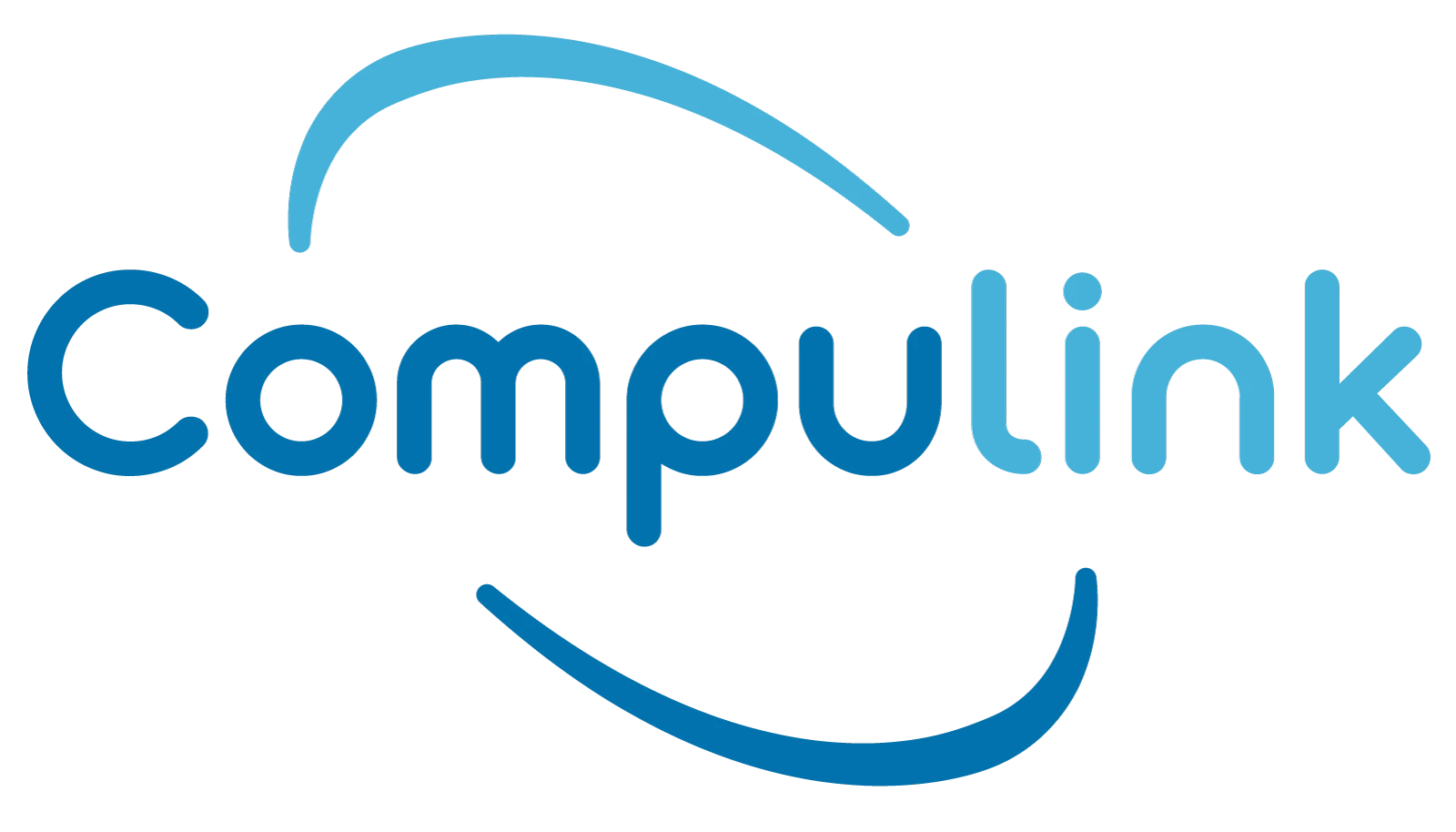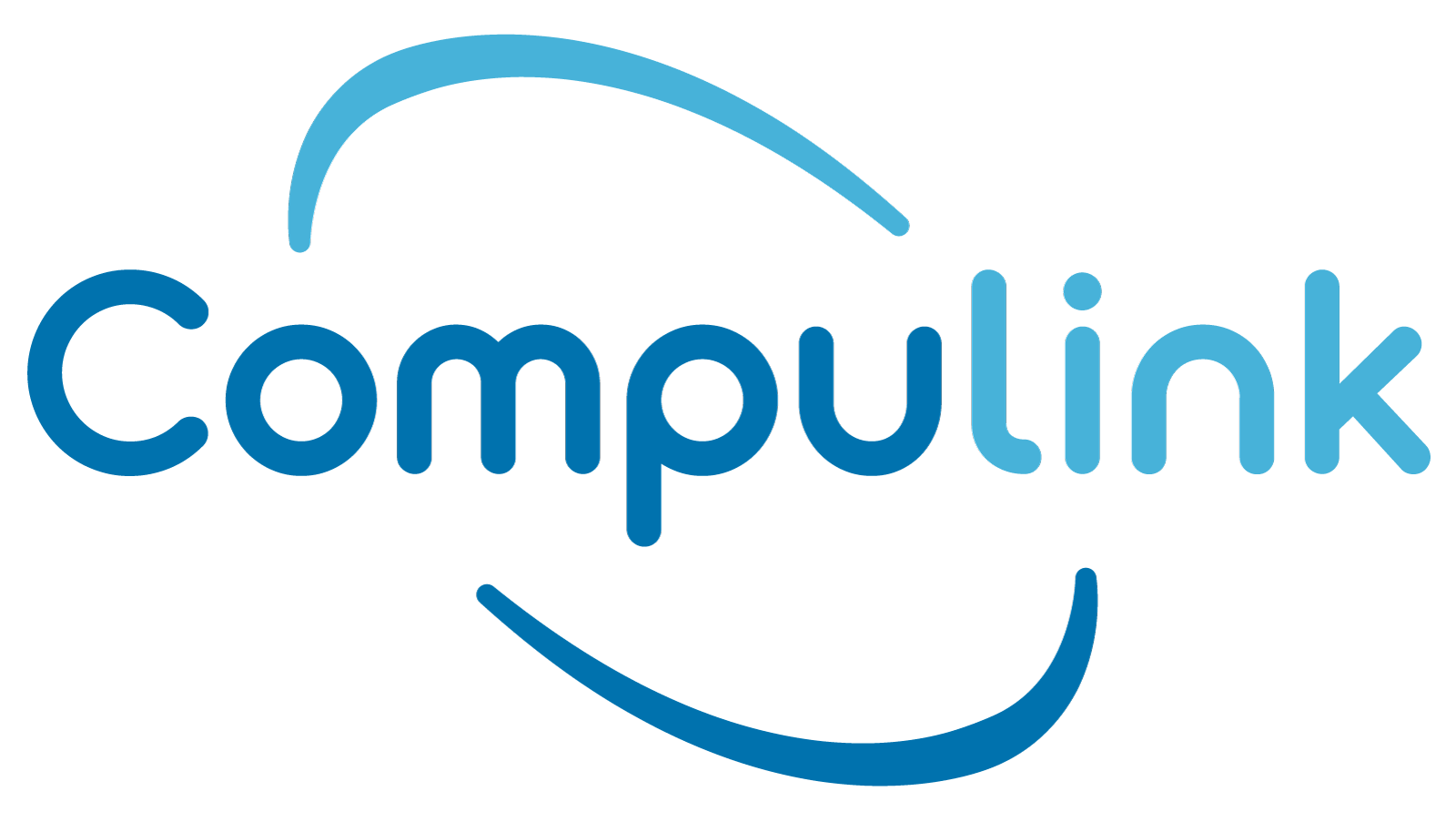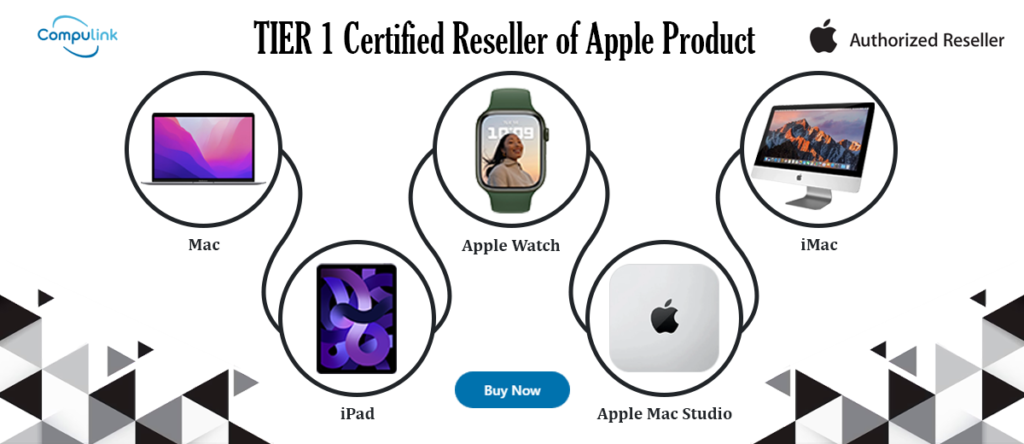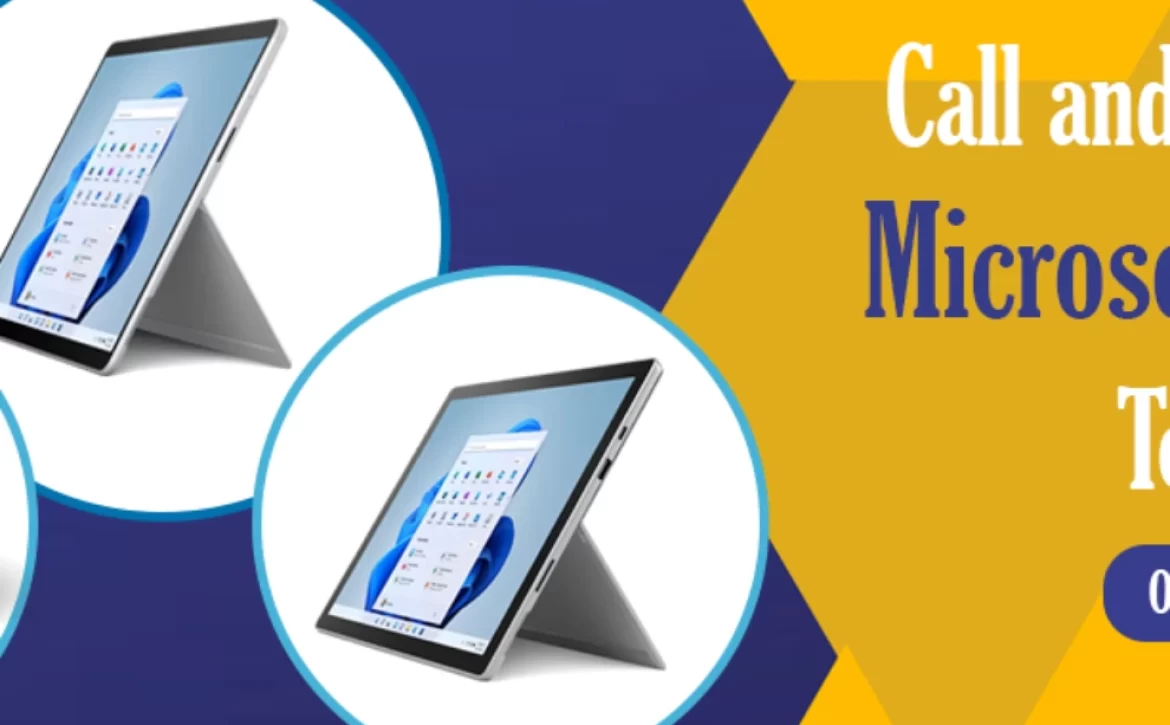Why Compulink Technologies Inc. is the Best Among All IT Service Providers?
Summary: Compulink Technologies boasts a strong record of IT project success across government, education, SMBs, enterprise, and healthcare sectors. They prioritize timely delivery and customer satisfaction and have gained a reputable standing in the industry for handling complex IT challenges, making them the most sought-after destination for your IT service & solutions.
It is essential for every organization’s success and expansion to keep ahead of the IT trends in the fast-paced, constantly-evolving corporate world of today. Given the ongoing changes and technological improvements, businesses need dependable and creative IT service providers to assist them in successfully traversing this terrain.
With thousands of successful IT projects under their belt, Compulink Technologies has a proven track record of delivering results. They have worked with various sectors, including government, education, SMBs, enterprise, and healthcare, helping these organizations achieve their full IT potential. Their commitment to completing projects within timelines and ensuring overall customer satisfaction has earned them a sterling reputation in the industry. Businesses can trust their expertise and experience to tackle even the most complex IT challenges
What Makes Compulink the Best Choice for Your IT Solutions?
1. Comprehensive IT Solutions
Compulink Technologies offers a comprehensive suite of IT solutions, making them a one-stop destination for business needs. They have everything covered in hardware and software upgrades, remote workforce support, desktop imaging, and help desk services. Their professional IT implementation services ensure that equipment is installed correctly from day one, contributing to the longevity and security of the network. The availability of end-to-end professional services further enhances their capability to support any IT implementation project, from ideation to post-project support.
2. Government Sector Expertise
Being a certified Minority-Owned Business Enterprise (MBE), Compulink Technologies has established strong credentials in serving the government sector. They hold multiple government contract vehicles, including GSA, OGS, and NCPA, which simplifies the procurement process for government agencies. With decades of experience in the government sector, they understand the unique requirements and stringent timelines associated with such projects. Their reputation for completing projects on time and ensuring overall satisfaction further reinforces their standing as a trusted IT solutions provider for government agencies.
3. Streamlined Procurement with Compulink’s E-Store
Compulink Technologies simplifies the IT procurement process through its user-friendly online store. Businesses can easily browse, research, compare, and purchase thousands of top IT software and hardware solutions, all at their fingertips. This streamlined approach saves time and effort while ensuring access to cutting-edge IT products. Compulink Technologies demonstrates its commitment to making the procurement process hassle-free for its clients by providing this convenient platform.
4. Focus on Business Continuity and Growth
Compulink Technologies understands that IT assets are crucial for business success, continuity, and growth. They offer specialized solutions that align with the client’s long-term business objectives through partnerships with top hardware and software producers.
Clients get access to the most recent networking hardware, workstations, and mobile devices thanks to their hardware services, which include a wide range of goods from prominent companies in the market. Additionally, their software services extend beyond selling solutions, providing implementation and maintenance support for all software needs. This comprehensive approach underscores their commitment to helping businesses thrive in a rapidly changing IT landscape.
5. Industry-Leading Professionals
Compulink Technologies boasts a team of industry-leading professionals with extensive IT service knowledge and experience. These professionals bring valuable insights and expertise to every project, ensuring clients receive the best solutions. From scoping an IT services project to providing continued support even after project completion, Compulink Technologies’ dedicated channels of support guarantee that clients are well-protected throughout the journey.
6. Continuous Innovation
Compulink Technologies maintains its competitive edge via ongoing innovation in a sector marked by perpetual change. They keep up with the most recent technology developments to make sure their solutions are current and useful. By making research and development investments, Compulink Technologies can offer cutting-edge solutions to its clients and maintain its position at the forefront of IT trends. They differ from other IT service companies because of their dedication to innovation.
7. Strong Partnerships
Leading hardware and software manufacturers have significant ties with Compulink Technologies. Through these collaborations, they have access to cutting-edge goods and technology, guaranteeing their customers receive the best IT solutions. By working with leaders in the field, Compulink Technologies remains one step ahead of the competition and gives its clients access to the greatest tools and resources.
8. Proven Results and Long-Term Relationships
Compulink Technologies has built enduring relationships with its clients, earning their trust through proven results. Their focus on delivering successful projects and their dedication to customer satisfaction have resulted in long-term partnerships with many organizations. Businesses that choose Compulink Technologies as their IT service provider can expect exceptional services and a reliable partner committed to their success.
Wrapping Up
In a world where businesses must continuously adapt to technological advancements, Compulink Technologies Inc. emerges as the best among all IT service providers. Their legacy of evolution and adaptation, comprehensive suite of IT solutions and focus on operational efficiency make them the ideal choice for organizations seeking reliable and innovative IT services.
With Compulink Technologies, businesses can rest assured that their IT infrastructure is capable, enabling them to stay ahead in a dynamic and competitive landscape.












